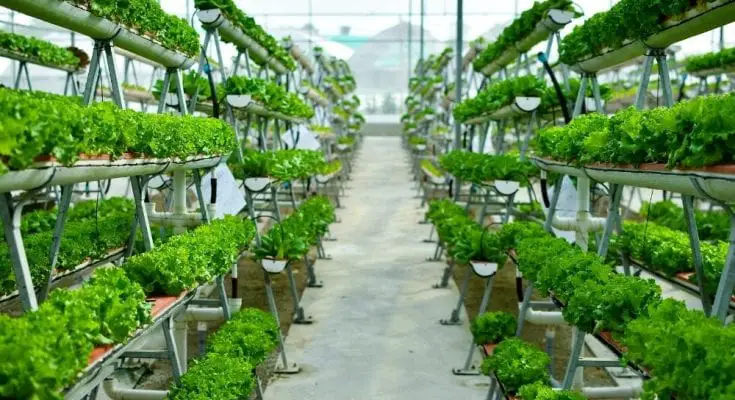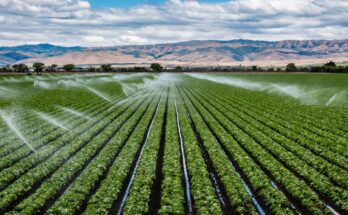Traditional farming methods produce food for many people and have done so for countless years. But these practices aren’t always the best ways to grow food, both for the environment and the farmer. This is why you should learn the best methods for sustainable farming.
Aquaponics
Aquaponics is the utilization of a special system that uses no soil to grow plants. By suspending plants in nutrient-rich water, you enable the plants to grow well. To fill the water with these nutrients, you house some fish in the same water system. The plants filter the water for the fish, and the fish provide the nutrients for the plants. This system saves water and soil resources and allows you to harvest both plants and fish. However, the system isn’t fully self-sufficient; it does require some resources to keep running. Another benefit of this system is that it usually exists indoors, giving you complete control over the whole system.
Permaculture
Permaculture is a very sustainable farming method that greatly lowers your environmental impact. It focuses on growing plants in a minimally intrusive way. For example, you use animals to repel pests naturally. Making a whole farm using permaculture is a hefty undertaking, but it’s one of the best things you can do to support the ecosystem. This practice attempts to use resources to their fullest extent, reusing just about everything and keeping it all in a closed system.
Vertical Farming Systems
This kind of farming method combines hydroponics and efficient use of water and floorspace to grow plants. You place plants in standing growing systems that transport water to the roots, using gravity to move it downward. This saves you energy and water as the system cycles and keeps your plants alive. Because they’re standing systems, you can fit a lot more plants in a limited area. The system utilizes empty airspace that normally goes untouched. These are just some of the benefits of vertical farming systems.
With the best methods for sustainable farming that we covered here, you can do your part in revolutionizing food production. You’ll increase your resource efficiency and lower your environmental impact.
Additional Resources:
Wheat



